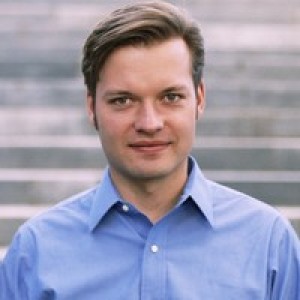- Video Library
- Jannis Fischer Presents Positrigo at LSI Europe '23
Jannis Fischer Presents Positrigo at LSI Europe '23

Jannis Fischer
Jannis studied physics at FU and HU Berlin with exchanges to ETH Zurich, University of California Los Angeles, and CERN. During his PhD at ETH Zurich, he worked on the development of SAFIR, a small animal PET system with unprecedented temporal resolution. BPET (a SAFIR spin-off) started in 2017 with the grant of an ETH Pioneer Fellowship to Max and Jannis. Since then other awards have followed, e.g. VentureKick and Forbes Europe 30 under 30.
Jannis Fischer
Jannis studied physics at FU and HU Berlin with exchanges to ETH Zurich, University of California Los Angeles, and CERN. During his PhD at ETH Zurich, he worked on the development of SAFIR, a small animal PET system with unprecedented temporal resolution. BPET (a SAFIR spin-off) started in 2017 with the grant of an ETH Pioneer Fellowship to Max and Jannis. Since then other awards have followed, e.g. VentureKick and Forbes Europe 30 under 30.

17011 Beach Blvd, Suite 500 Huntington Beach, CA 92647
714-847-3540© 2025 Life Science Intelligence, Inc., All Rights Reserved. | Privacy Policy







